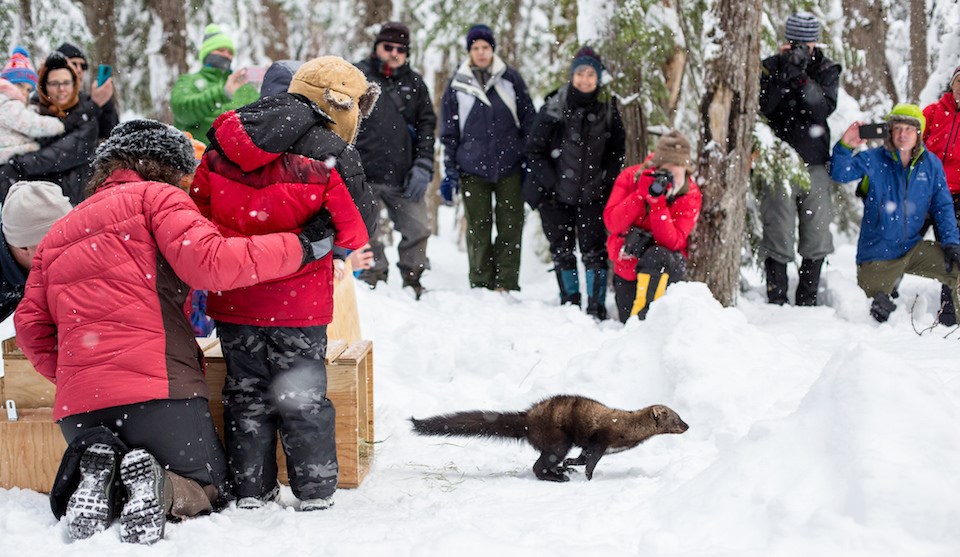Last updated: April 2, 2021
Article
Connected Conservation 101

NPS photo/K. Bacher
Connected Conservation—working at landscape levels—is all about connections. Connecting to neighbors, connecting to other federal agencies, such as the Forest Service or Bureau of Land Management areas or Fish and Wildlife Service refuges and connecting to state agencies and state parks, and non-governmental organizations is critical to achieve successes. The National Park Service can work to make these connections because natural and cultural conservation doesn’t stop at park boundaries.
Landscape and seascape-scale conservation is a growing effort for park managers and conservationists. Activities outside parks strongly affect the integrity of park ecosystems and the visitor experiences inside the parks:
-
Urban sprawl and new roads, among other things, split up natural migration and movement corridors that many species, such as Monarch butterflies, piping plovers, and sea turtles, need to fulfill full life cycles.
-
Light and noise pollution can travel many miles, lighting up the night skies and disrupting natural sounds in parks, which in turn disrupt nesting turtles and nocturnal species.
-
Air pollutants drift into parks from faraway places, affecting everything from water quality to scenic views.
-
Ocean currents carry marine debris from all over the world depositing it on coastal shores and affecting marine wildlife from birds, to turtles to marine mammals.
So for these and other reasons, the National Park Service cooperates with other groups to collaborate at varying scales to protect the water, land, life, and air within our parks, which also contributes to a better experience for park visitors. “Working at scale” can mean a lot of different things, from cooperating with partners to protect large-scale migration corridors to ensuring that culverts and park fencing are wildlife friendly.
Check out these examples of how parks have engaged in Connected Conservation:
-
Washington Fisher Restoration - Fishers, a small carnivore historically common in Washington, were over-trapped to extinction for their valuable furs. A highly collaborative effort translocated fishers from healthy British Columbia populations to the Olympic Peninsula, including Mount Rainier National park. Watch the video.
-
Appalachian Trail - The nearly 2,200-mile trail that passes through 14 states, 6 national parks, and 8 national forests is “the most complex land protection effort undertaken by the Park Service.”
-
Million Pollinator Garden Challenge - This challenge encourages individuals, schools, organizations, etc., to register pollinator-friendly gardens as a way to help curb the rapidly declining numbers of pollinators in the U.S. In 2015, with the help of partners, the National Park Service distributed 535,000 seed packets to individuals, with the hope to increase pollinator habitat across the nation.
Learn more about how the National Park Service practices Connected Conservation.
